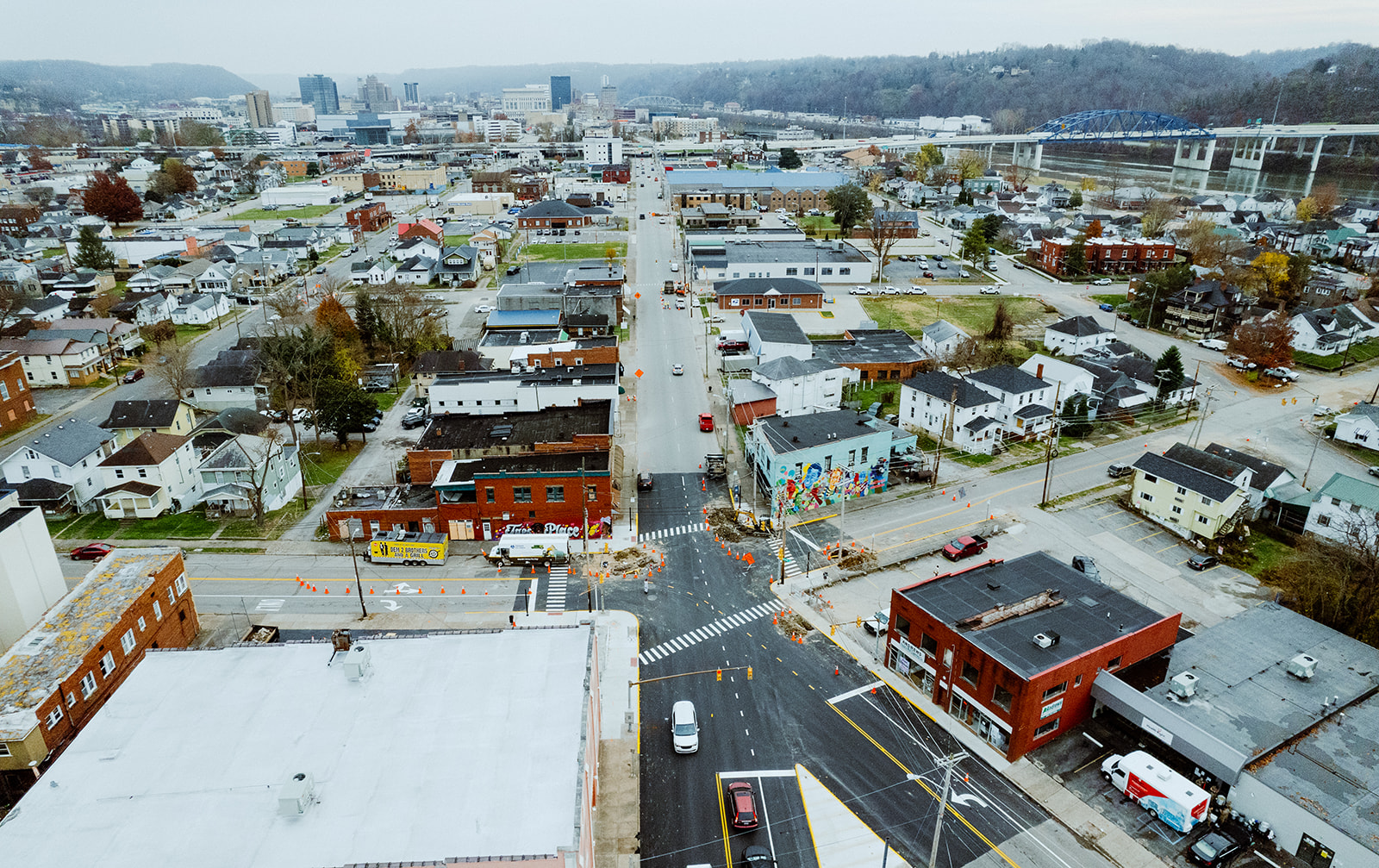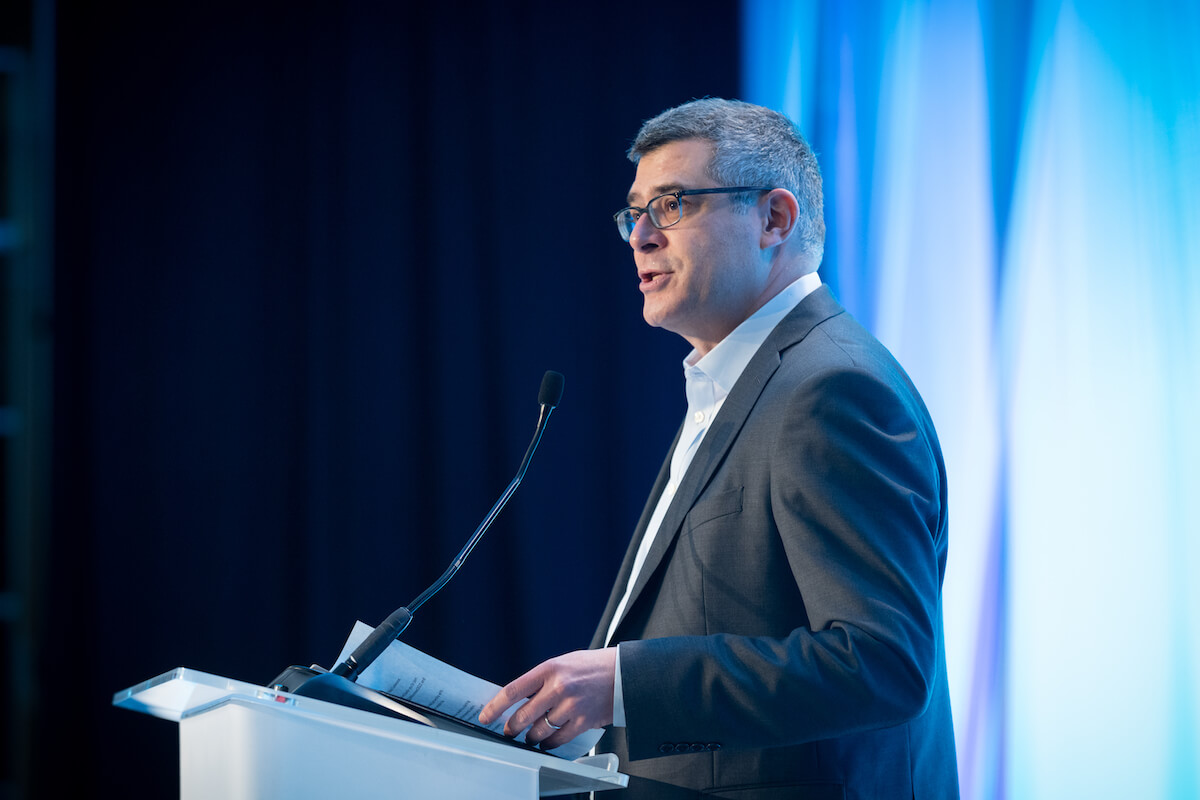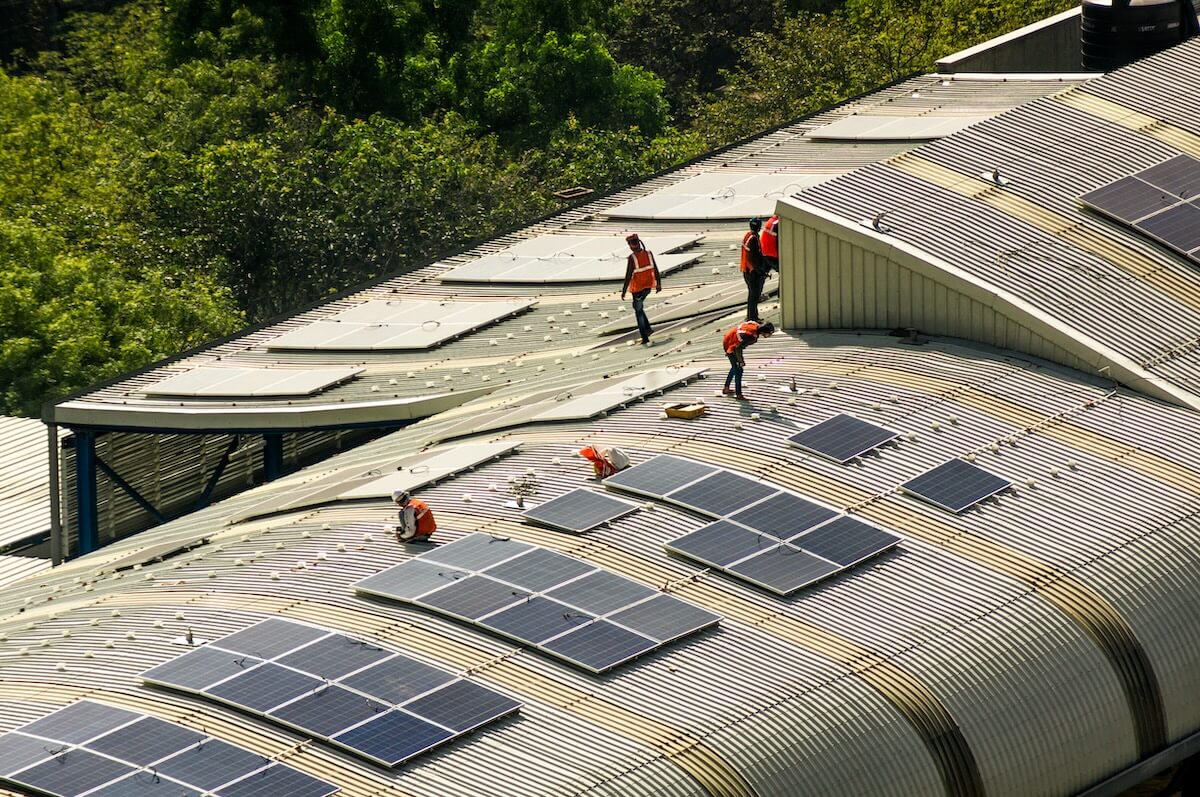Blended finance is back.
The use of catalytic capital to de-risk renewable energy, sustainable agriculture, small business lending and health and education in emerging markets and bring in private investors picked up in 2023, according to Convergence’s latest State of Blended Finance report.
Blended finance transactions hit a five year high of $15 billion in 2023, despite seeing a 25% drop in the number of deals. That follows a steep drop in blended finance totals in 2022 as macro headwinds hampered flows.
The 2023 uptick was driven by bigger ticket-sizes and increased activity from development finance institutions and multilateral development banks.

The blended finance toolkit incudes government or philanthropic concessional debt and equity, guarantees and other credit enhancement, design-stage grants and technical assistance.
Blending big
The increase in blended capital deal sizes is a welcome development in the face of massive funding shortfalls for climate mitigation and adaptation and Sustainable Development Goals. Convergence found that DFIs and MDBs play a key role in boosting private investment. In deals over $100 million, one dollar of concessional capital from these institutions mobilizes over $5 of commercial capital, versus half that without their participation.
In a recent guest post on ImpactAlpha, Dalberg’s Kusi Hornberger and Marcos Paya analyzed 39 $1 billion-plus blended finance deals from Convergence’s historical database. One finding: these larger deals meet their financial goals more often than their impact goals.
Catalytic climate capital
Climate finance accounted for some 80% of all blended finance capital in 2023. Climate bended finance deals totaled $11.6 billion in 2023, up from $5.6 billion in 2022. Climate deals ballooned in size: Nearly half of those deals were greater than $100 million, compared to just a quarter in 2022. Convergence will publish a climate-focused blended finance report in the fall.
One sign of the interest: At COP28 in Dubai last year, the United Arab Emirates launched a $30 billion climate fund with a $5 billion carveout for catalytic capital. The Altérra Transformation Fund plans to provide risk-mitigation capital, such as first-loss reserves, to mobilize as much as $250 billion in institutional capital for the transition to a net-zero economy. Its first investments were to climate funds managed by BlackRock, Brookfield Asset Management and TPG.
Private investors increased their activity in 2023 as well. Corporations and project developers accounted for nearly half of all financial commitments from the private sector in 2021-2023 as they sought to provide equity to finance energy project construction.
Risky business
Concessional guarantees and risk insurance are showing up more in blended finance deals. The amount of such guarantees grew by 40%, accounting for 43% of all concessional funding in 2023. Last year, the OECD Development Assistance Committee greenlighted the treatment of risk-transfer instruments such as guarantees and insurance typically used by private investors to make them eligible for donor country official development assistance, or ODA, efforts.
Convergence also calls out some high-profile collaborative initiatives driving additional concessional government capital, including Blended Finance for the Energy Transition, Investment Mobilization Collaboration Agreement, and the $100 million Green Guarantee Company.
Not included it the tally: a massive federal funding push by the Biden administration to catalyze an inclusive energy transition and rebuild critical supply chains in the US.
Convergence has tracked 1,123 blended finance transactions over the past decade valued at a total $213 billion.











